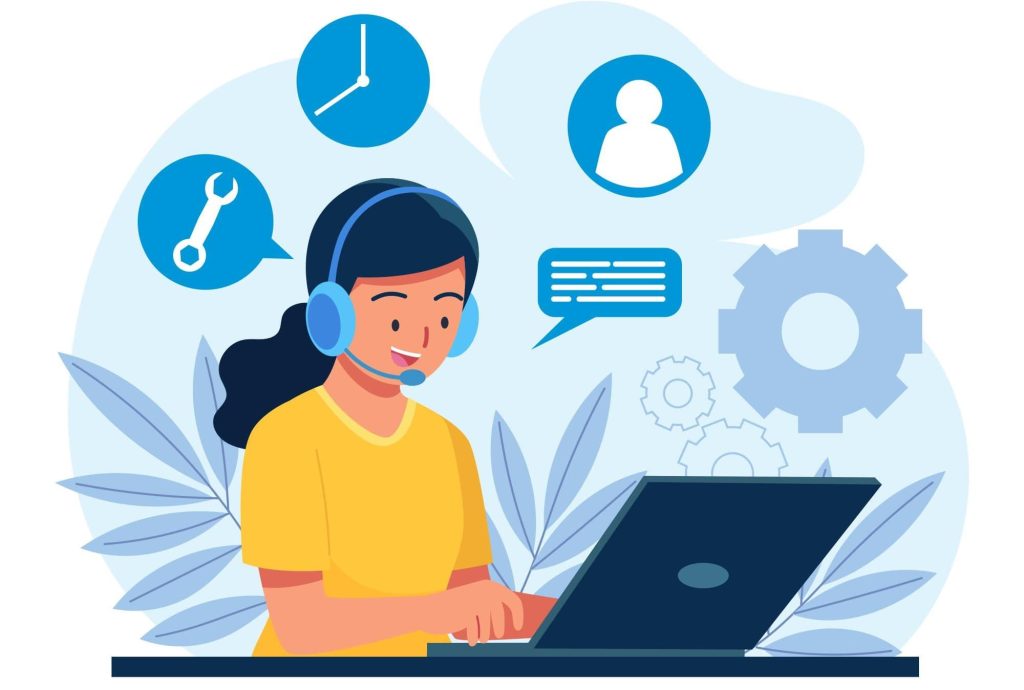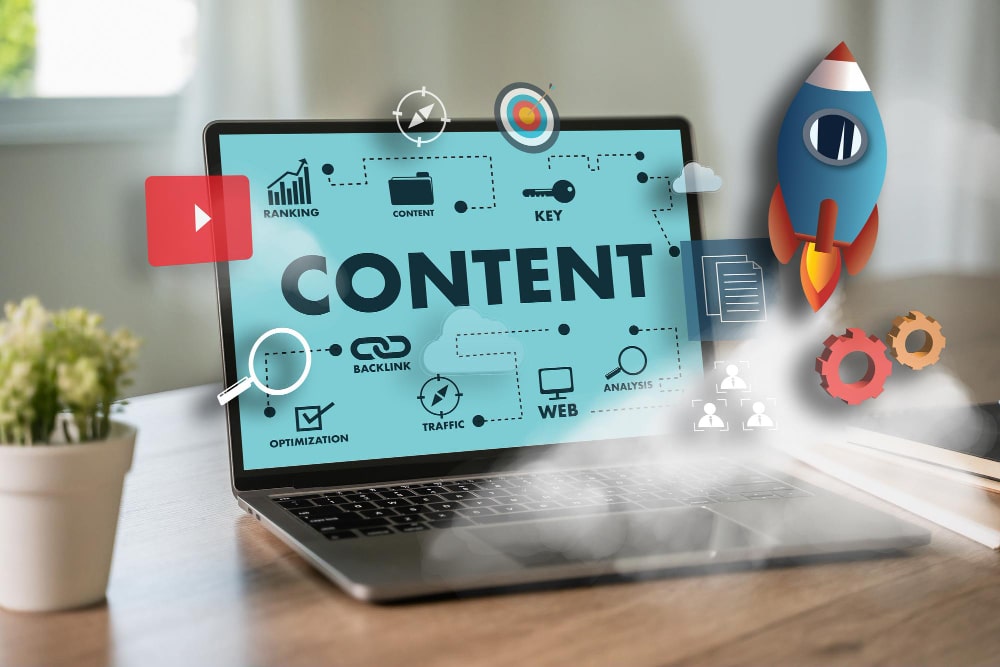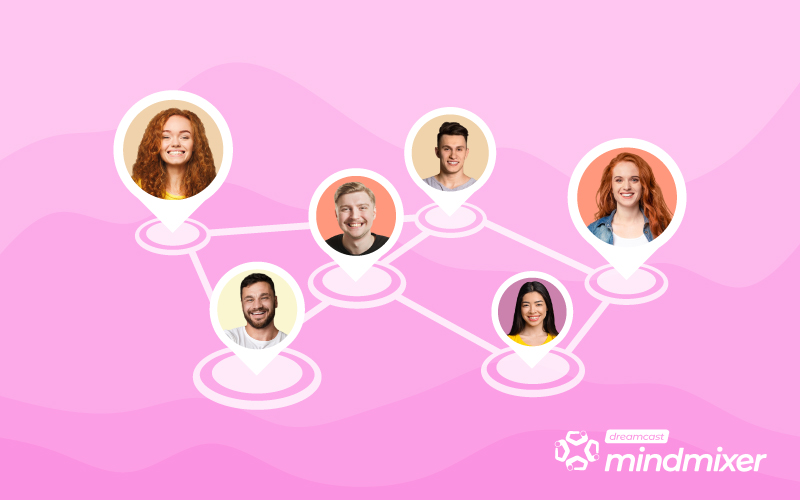Hosting an event is more than just a one-time affair; it’s an opportunity to build lasting connections, solidify your brand, and pave the way for future collaborations. While the event itself is a crucial element of your strategy, the post-event engagement phase plays a pivotal role in sustaining interest and nurturing relationships. Whether you’ve organized a conference, trade show, webinar, or another type of event networking, a well-executed post-event engagement plan is essential. In this comprehensive guide, we’ll delve into the intricacies of post-event engagement, providing a step-by-step roadmap for maximizing success.
1. Strategic Planning for Post-Event Engagement

Before the event curtains close, it’s imperative to have a well-thought-out post-event engagement strategy. This strategy should align with your overall goals, be tailored to your event type and target audience, and set the stage for long-term relationship-building.
Key Action Points:
Define Clear Goals: Outline the specific goals you aim to achieve through post-event engagement. This could include lead nurturing, community building, or brand reinforcement.
Tailor the Strategy: Customize your approach based on the nature of your event and the characteristics of your target audience.
2. Comprehensive Data Collection During the Event
To fuel your post-event engagement efforts, collecting accurate and comprehensive data during the event is paramount. Leverage post-event networking app or tool to streamline the data collection process and ensure the accuracy of the information gathered.
Key Action Points:
Attendee Information: Collect detailed information about attendees, including demographics, preferences, and areas of interest.
Engagement Metrics: Monitor and track attendee engagement metrics in real-time to gauge the success of different elements of your event.
Feedback Collection: Implement systems to gather feedback during the event. This can be in the form of surveys, instant polls, or interactive sessions.
Check out our comprehensive planning guide on networking events that you can learn from.
3. Immediate Follow-Up Strategies

The moments following the event’s conclusion are crucial for maintaining the momentum and solidifying the positive impressions created during the event. A prompt and personalized follow-up can significantly impact the perception of your brand.
Key Action Points:
Thank-You Emails: Send personalized thank-you emails expressing gratitude for attendees’ participation. Include relevant materials such as presentation slides or exclusive content.
Acknowledgment of Contributions: Recognize the contributions of speakers, sponsors, and partners, expressing appreciation for their involvement.
4. Leveraging Social Media for Continuous Engagement
Social media platforms are powerful tools for maintaining the buzz surrounding your event. By strategically utilizing these channels, you can extend the reach of your event and keep the conversation alive even after it concludes.
Key Action Points:
Highlight Reels: Share highlights, photos, and videos from the event on your social media channels.
Encourage User-Generated Content: Use event-specific hashtags to encourage attendees to share their experiences. Engage with posts, reply to comments, and share user-generated content to foster a sense of community.

5. Post-Event Surveys for Valuable Insights
Gathering feedback is not just a post-event formality; it’s a valuable source of insights that can shape the trajectory of your future events. Implement post-event surveys to understand attendee experiences and preferences.
Key Action Points:
Well-Structured Surveys: Design surveys that cover various aspects of the event, from content and speakers to logistics and overall satisfaction.
Incentivize Participation: Offer incentives, such as the chance to win prizes or access exclusive content, to encourage attendees to provide thoughtful feedback.
6. Content Repurposing and Distribution Strategies

Extend the life of your event content by repurposing it into different formats and distributing it through various channels. This not only provides value to attendees but also attracts a broader audience.
Key Action Points:
Blog Posts: Convert key takeaways from your event into blog posts that delve deeper into specific topics.
Podcasts and Videos: Create podcasts or video summaries of presentations, interviews, or panel discussions.
Whitepapers and Reports: Compile comprehensive reports or whitepapers based on the insights and data shared during the event.
7. Webinar Recordings and On-Demand Access
If your event featured webinars or presentations, consider making recordings available for on-demand access. This allows attendees to revisit valuable content and provides those who couldn’t attend the opportunity to catch up.
Key Action Points:
Centralized Access: Create a dedicated section on your website or platform where attendees can access recorded sessions at their convenience.
Segmented Content: If applicable, segment the recordings based on topics or themes for easy navigation.
8. Facilitating Ongoing Networking Opportunities
The connections formed during the event shouldn’t dissipate once it concludes. Facilitate ongoing networking opportunities to keep the community engaged and foster relationships among attendees. You can incorporate various networking ideas to increase the experience.
Key Action Points:
Online Communities: Establish online communities, forums, or social media groups where attendees can continue discussions, share insights, and connect with each other.
Moderation and Participation: Actively moderate and participate in these spaces to ensure a positive and engaging environment.
9. Exclusive Offers and Promotions

Show appreciation to your event attendees by extending exclusive offers or promotions. This not only reinforces their value but also incentivizes continued engagement with your brand.
Key Action Points:
Tailored Discounts: Offer personalized discounts on your products or services to event attendees.
Access to Premium Content: Provide exclusive access to premium content or resources as a token of appreciation.
10. Continuous Monitoring and Analysis of Engagement Metrics
Post-event engagement is an ongoing process that requires continuous monitoring and analysis. Regularly assess key metrics to evaluate the success of your efforts and make data-driven decisions for future events.
Key Action Points:
Website Traffic: Monitor changes in website traffic, focusing on specific pages related to post-event content and engagement.
Social Media Interactions: Track the growth of your social media following, as well as interactions, comments, and shares related to post-event content.
Community Growth: Measure the growth of your online community and assess the level of activity within these spaces.
Final Words
Post-event engagement is a multifaceted process that goes beyond mere formality. It’s a strategic way to maximize the impact of your event and build enduring relationships. By carefully planning your post-event engagement strategy, collecting comprehensive data, and implementing immediate follow-up actions, you can create an effective post-event engagement plan. This not only enhances the success of your current event but also lays a strong foundation for future endeavors.
FAQs
Ans: Post-event engagement refers to the activities and strategies implemented after an event to keep the audience interested and connected. It is crucial for maintaining a lasting impact, fostering relationships, and encouraging continued participation.
Ans: Ideally, post-event engagement should start immediately after the event concludes. Prompt communication and follow-ups help capitalize on the momentum and excitement generated during the event.
Ans: Personalized communication shows attendees that their presence is valued. It could be personalized emails, messages, or even content recommendations based on their preferences or interactions during the event.
Ans: Providing exclusive content, such as additional resources, or post-event webinars, gives attendees a sense of exclusivity and value, keeping them engaged beyond the actual event.
Ans: Metrics such as social media engagement, email open rates, survey response rates, and participation in post-event activities can help measure the success of post-event engagement strategies.






